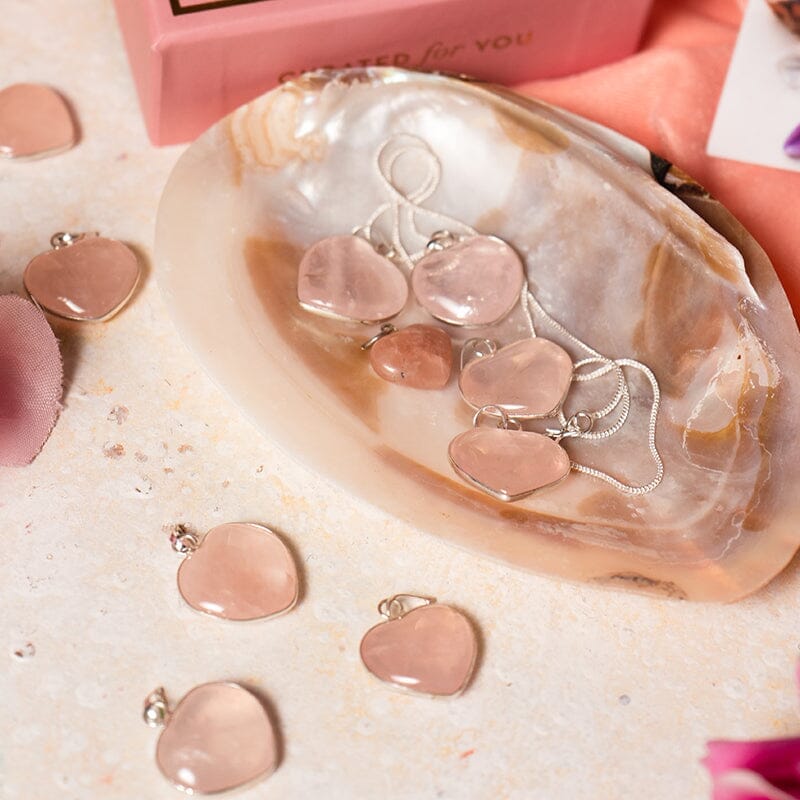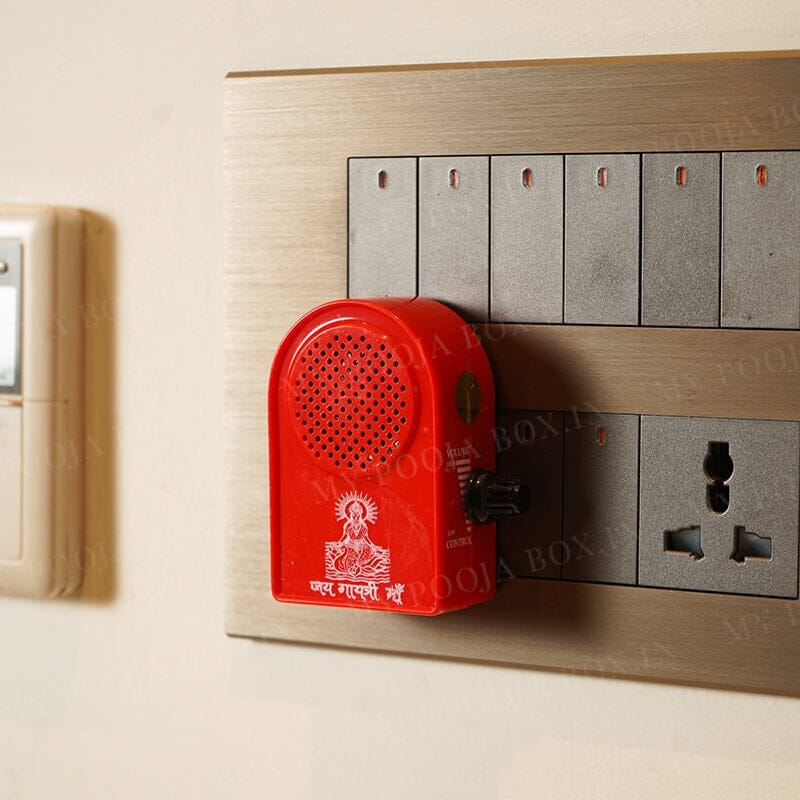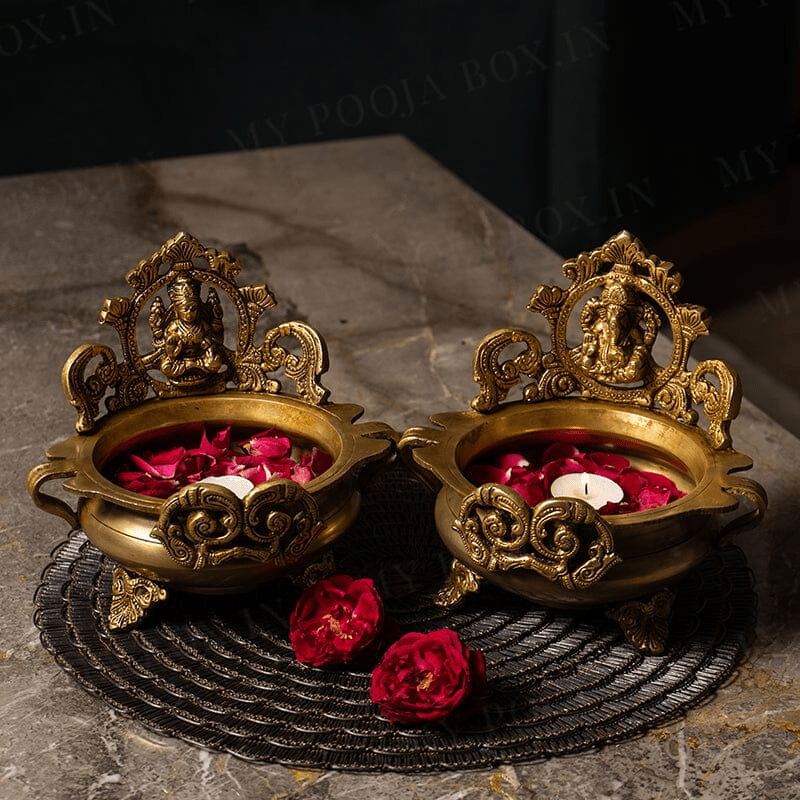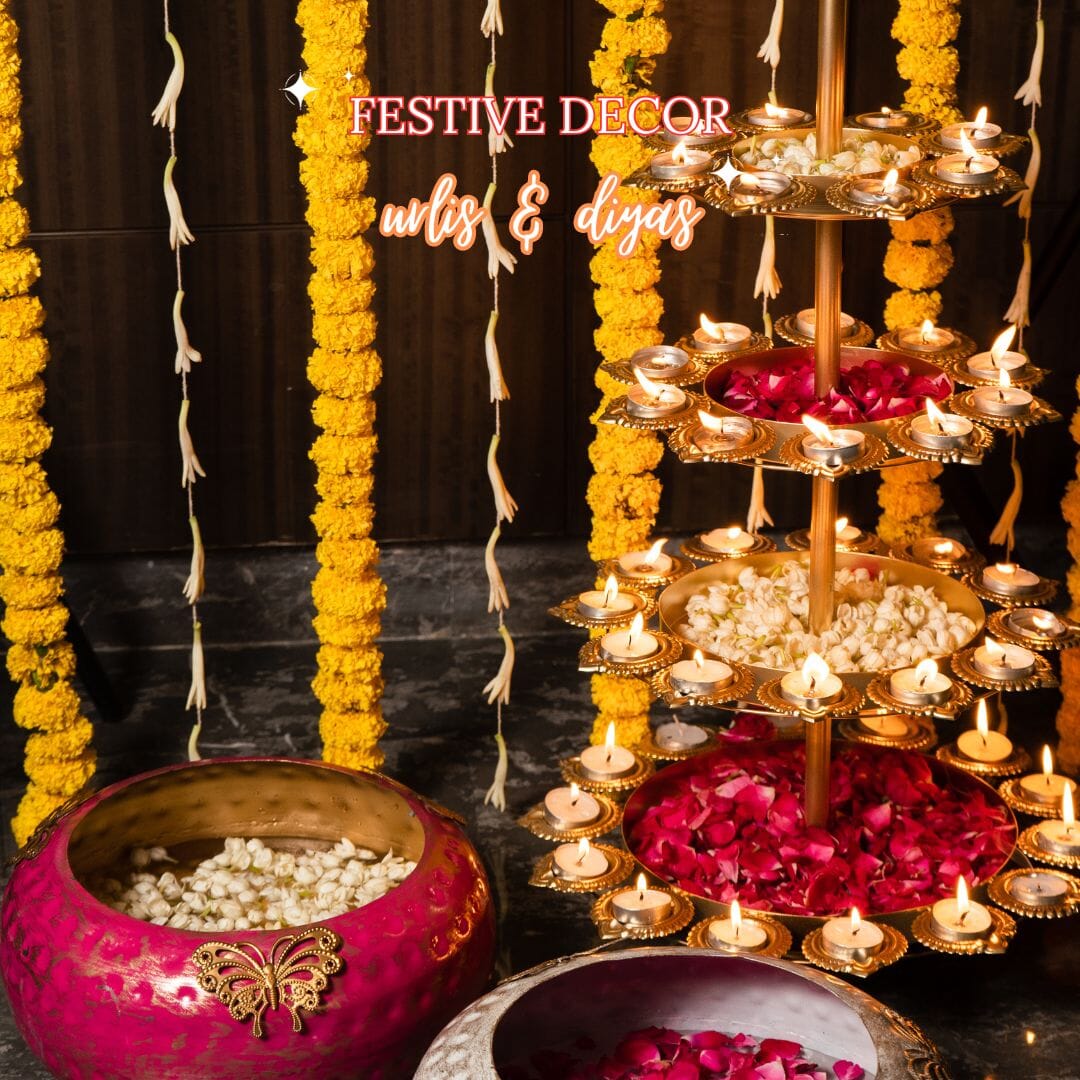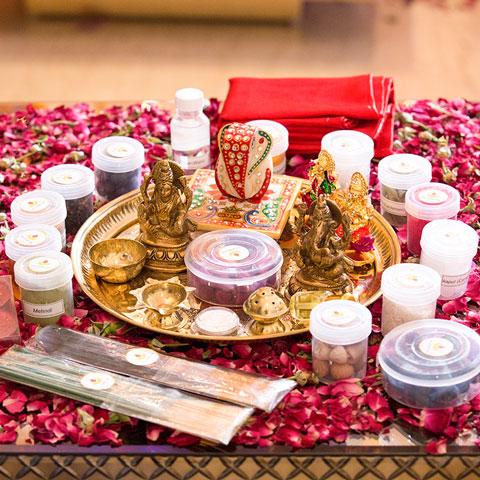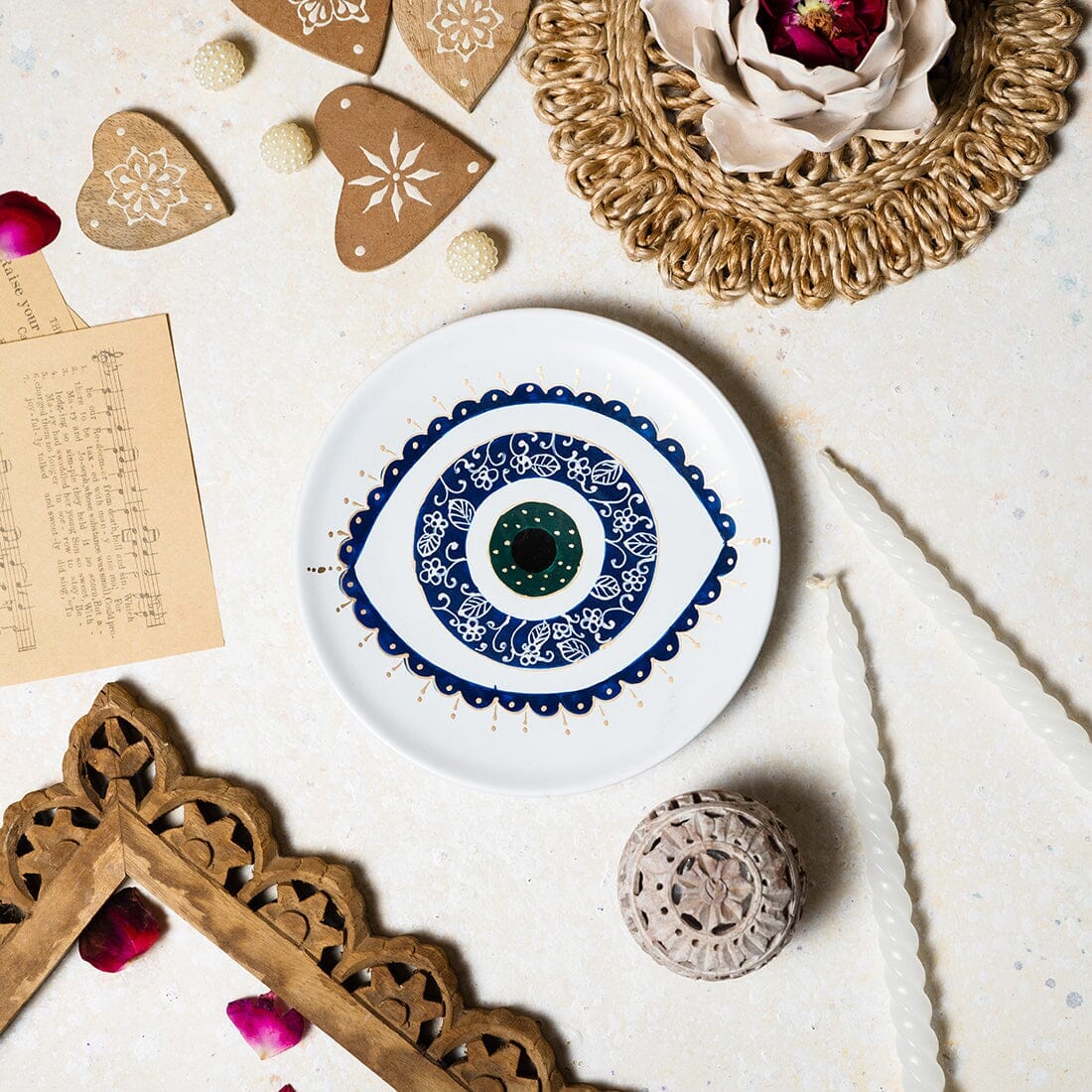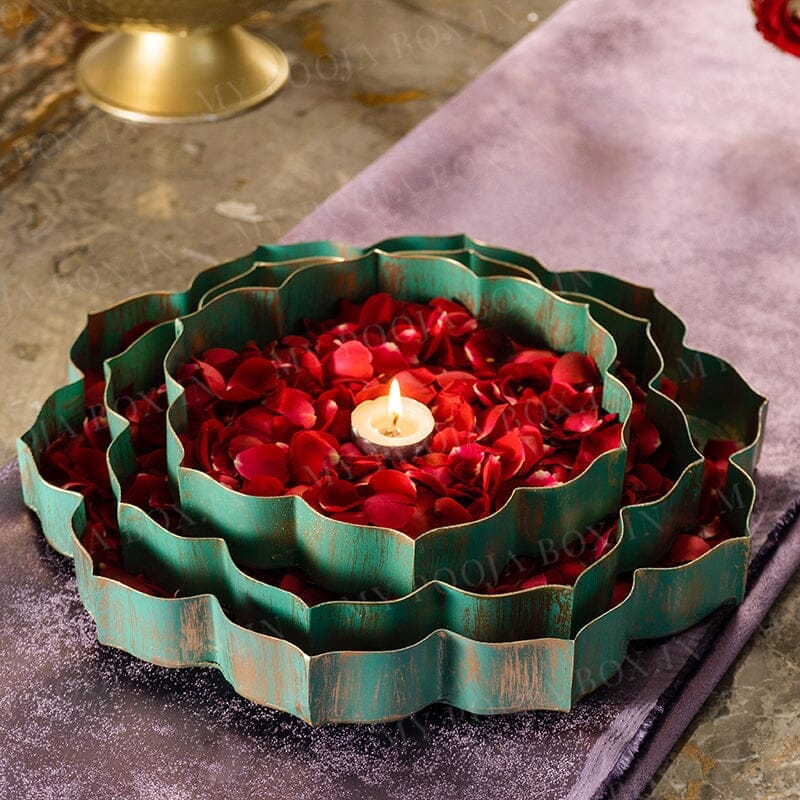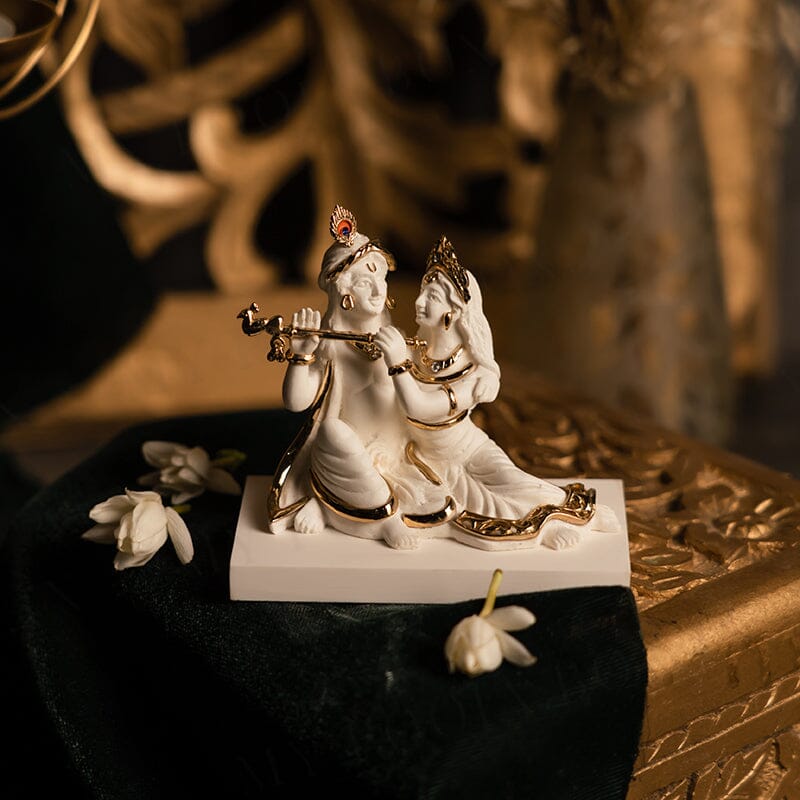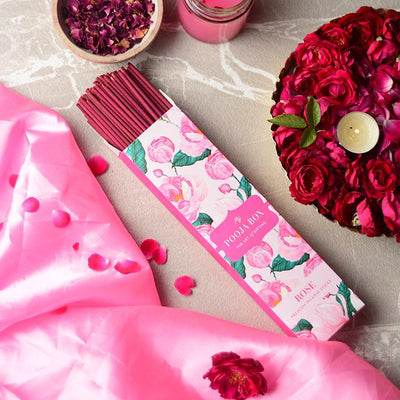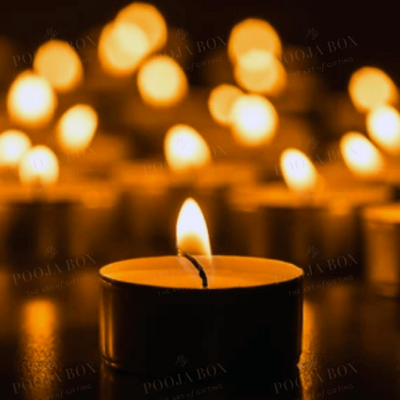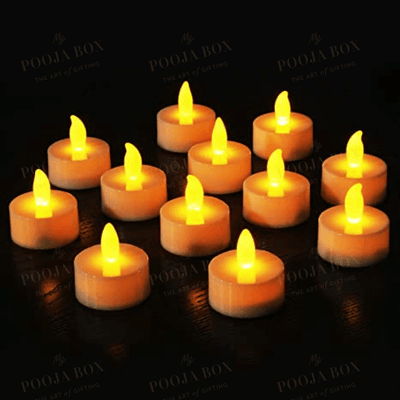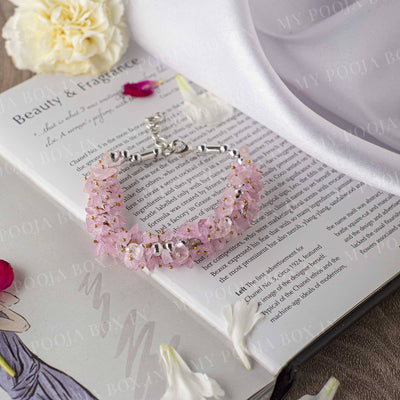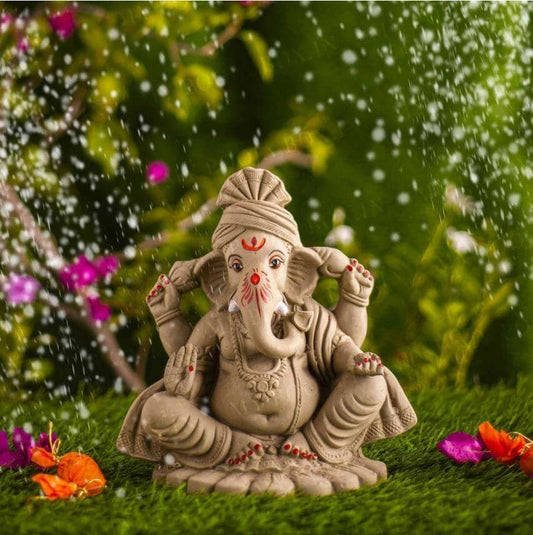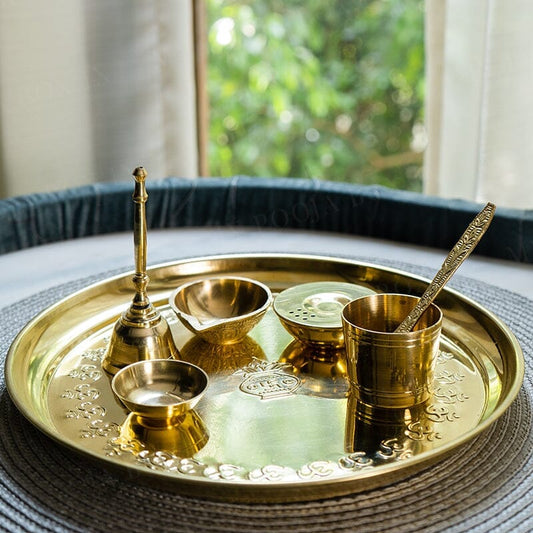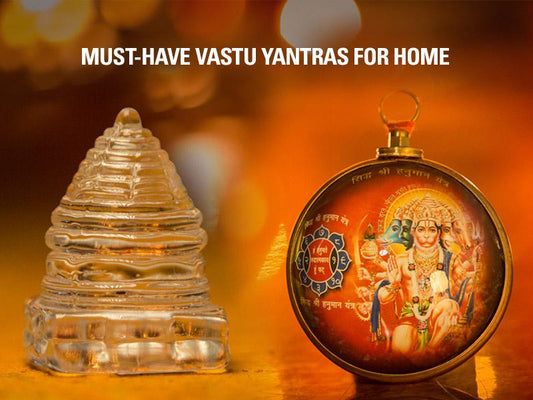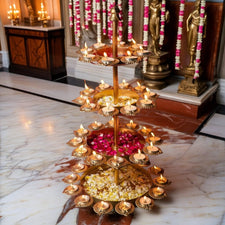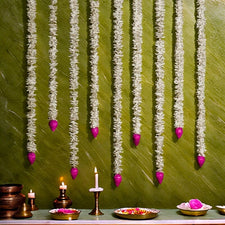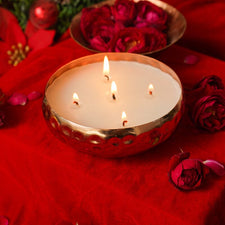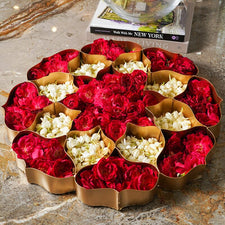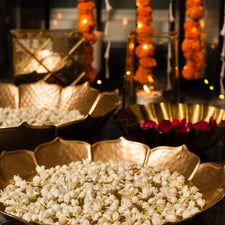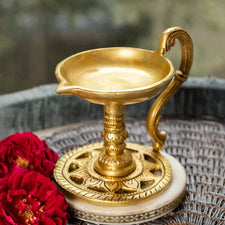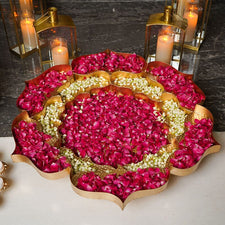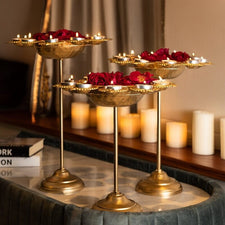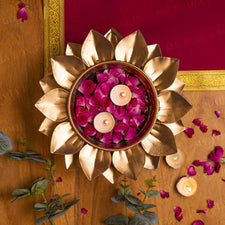Lohri festival, one of the many Punjabi celebrations is not only about rewari, groundnuts and bonfire. It’s about sending the regards to God for good crops before harvesting. It’s about the hard-work farmers throw in the growth of their crops.
The festival of Lohri celebrates the enthusiasm people share! The harvest festival is said to have the longest night of the year as per Lunar calendar.
In this blog we’re going to discuss why is Lohri celebrated and what’s it all about. So, keep scrolling to read!
Why is Lohri Celebrated?

Have you ever thought why do we celebrate Lohri? There are many folklores associated with this celebration. First, it’s the commemoration of the nearing of longer days once the winter solstice is passed.
According to a traditional account, back in time, the festival was celebrated at the end of the month when winter solstice takes place. During this phase, the sun continues on its northward journey. The day after this festival is observed as Maghi Sangrand.
If we talk about its origin, then Lohri is said to be an ancient Hindu festival commemorated in mid-winter. It is said to be celebrated by the folks settled in the foothills of Himalaya. The people lit bonfires back in their yards in the proceeding week of the rabi crop harvesting. They gathered around the fire, sang and danced. The next day is celebrated as Makar Sankranti. On this day, people visit sacred river to take bath.
In another folklore, Lohri festival tells the tale of Dulla Bhatti. His real name was Abdhullah Bhatti. He lived in Punjab and was regarded as a hero. He rescued Punjabi girls and saved them from being sold in the slave markets. Among many, he saved two girls named Sundri and Mundri. This is where the central song or Punjabi folklore ‘Sunder mundriye ho!’ revolves around Dhulla Bhatti.
According to another legend, Lohri retrieved its name from Loi. She was the wife of Saint Kabir. However, people believe that Lohri got its name from the word ‘loh’ that stands for light and warmness of fire. In rural Punjab, Lohri is known as lohi. In another account, Holika and Lohri were sisters. Holika perished in the Holi fire, but Lohri didn’t. She survived with Prahlad. During this celebration, eating sesame seed or til and rorhi is common.
It is said that the words til and rorhi merged together and became tilorhi. At last, it got converted into Lohri.
Rituals of Lohri Festival

In the morning, children visit homes singing this traditional folk lore. At the end of the song, adults give treats and money to the children.
In the evening, men and women make a circle (parikrama) around the bonfire. They throw popcorn, puffed rice, and other snacks into the fire. They all shout “Aadar aye dilathar jaye” means may honour come and poverty eliminate. They also sing folklores and songs. They pray to the fire god and seek blessings.
The flames coming out of the bonfire stands for the sparks of life. It also signifies goodwill and abundance.
People also perform Bhangra and the newly-wed women perform Gidda.
Lohri festival is celebrated on 13 January every year.
Lohri Gifts

